New Government Signals Continuity of Serbia's Balancing Act
Implications of the Country's Newly Appointed Government for International Investors
October 27, 2022

Seven months after general elections were held in Serbia, the country’s National Assembly appointed a new government on 26 October. Led by Ana Brnabić as Prime Minister, the new cabinet represents a continuity of the decade-long rule by the Serbian Progressive Party (SNS) of President Aleksandar Vučić, with support of its coalition partner, the Socialist Party of Serbia (SPS). By forming her third government, Brnabić has become the longest-standing Prime Minister in Serbia’s modern history.
Over the past seven months, observers have anticipated the formation of this government as a key indicator to the direction Serbia would be taking in relation to the war in Ukraine, and in assessing the longevity and effectiveness of Vučić’s balancing act between the EU and Russia. Despite the continuity, a number of high-profile and controversial ministerial changes have prompted speculation that Serbia’s foreign policy might be changing course. In reality, though, the changes were carefully calculated so as not to alienate either of Serbia’s foreign partners, and are a strong sign that this new government will also attempt to navigate down an ever-contracting neutral path.
Below, Aretera takes a deeper look at the composition of Serbia’s new government and the implications it holds for international investors.
Over the past seven months, observers have anticipated the formation of this government as a key indicator to the direction Serbia would be taking in relation to the war in Ukraine, and in assessing the longevity and effectiveness of Vučić’s balancing act between the EU and Russia. Despite the continuity, a number of high-profile and controversial ministerial changes have prompted speculation that Serbia’s foreign policy might be changing course. In reality, though, the changes were carefully calculated so as not to alienate either of Serbia’s foreign partners, and are a strong sign that this new government will also attempt to navigate down an ever-contracting neutral path.
Below, Aretera takes a deeper look at the composition of Serbia’s new government and the implications it holds for international investors.
If you would like to schedule a discussion of this paper, please contact:
Dominik Istrate, Advisor for Central & Eastern Europe at d.istrate@areterapa.com
Dominik Istrate, Advisor for Central & Eastern Europe at d.istrate@areterapa.com



